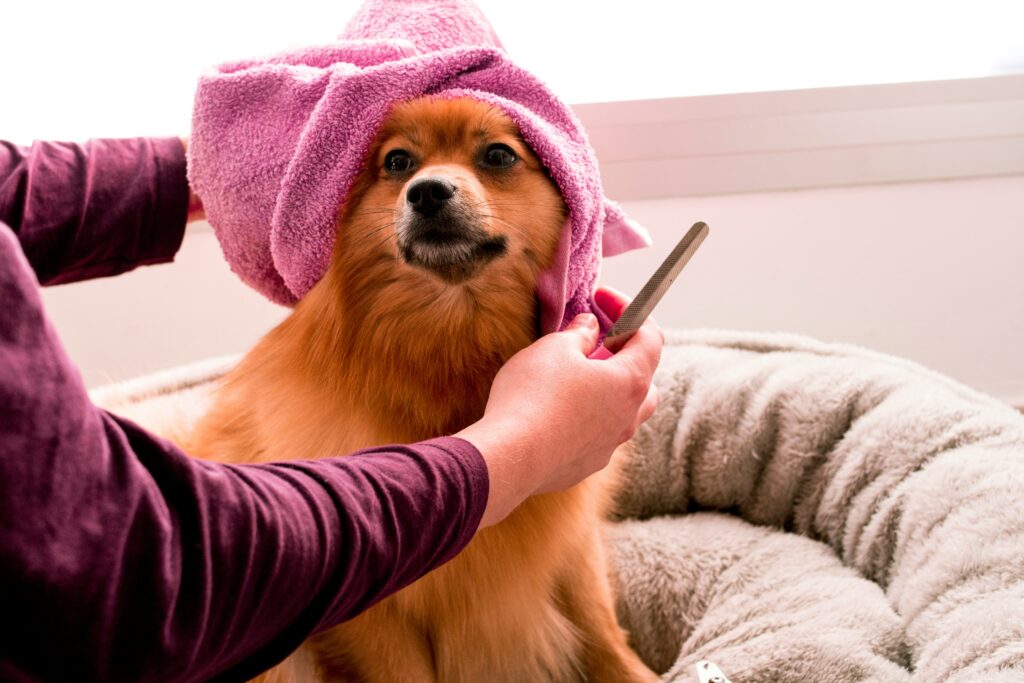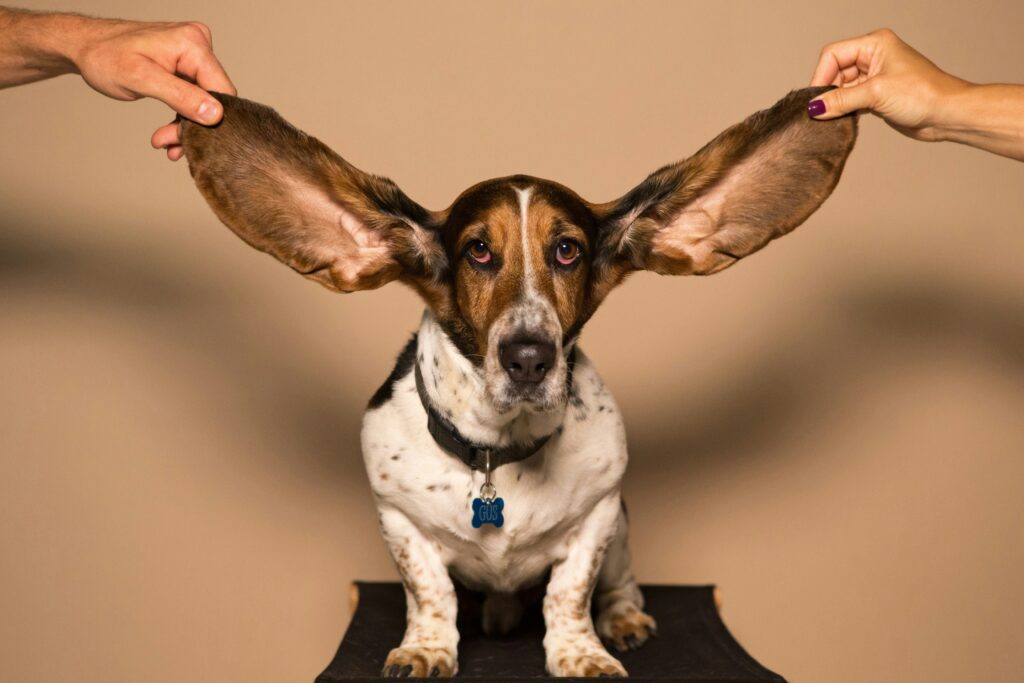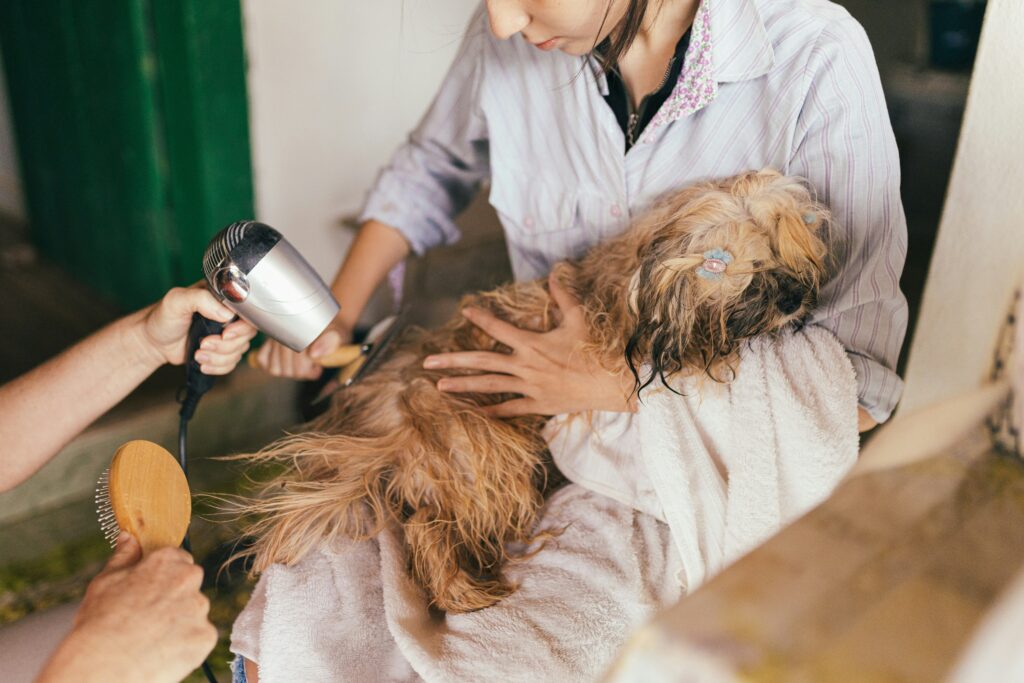Grooming your pet at home doesn’t have to be an overwhelming chore—in fact, it can be a great bonding experience and a rewarding way to keep your furry friend looking and feeling their best! With a few basic tools, some patience, and a bit of know-how, you can master the essentials of pet grooming right from the comfort of your own home. Let’s break down some simple, effective tips for keeping your pet’s coat, nails, and overall hygiene in top shape.
Brush Regularly to Prevent Mats and Tangles

Brushing your pet’s coat regularly is the foundation of good grooming. It’s not only about keeping their fur soft and shiny, but it also helps prevent tangles and mats, which can be painful if left unchecked. For pets with short hair, a quick brush once or twice a week will do, while long-haired breeds may benefit from daily brushing. Use a brush that’s suited to your pet’s coat type—slicker brushes for thick fur, or a bristle brush for shorter coats. Brushing also distributes natural oils throughout the coat, leaving it looking healthy and feeling smooth.
Bath Time: When and How to Do It Right
Giving your pet a bath can be a fun experience if you’re prepared! Start by using a gentle, pet-friendly shampoo and make sure the water is lukewarm—too hot or cold can be uncomfortable for your pet. Thoroughly wet their coat, lather up gently, and be mindful around sensitive areas like the eyes and ears. Rinse well to ensure no shampoo residue is left behind, which can cause irritation. Remember, less is often more when it comes to bathing. Most pets don’t need frequent baths—once a month is usually sufficient unless your furry friend loves rolling in mud!
Trim Those Nails Carefully
Keeping your pet’s nails trimmed is crucial for their comfort and health. Overgrown nails can cause pain, difficulty walking, and even lead to injuries. If you’re new to trimming, start slowly—use a pet-specific nail trimmer and only clip a tiny bit off the end. Be mindful of the “quick,” a sensitive area inside the nail that contains blood vessels and nerves. It’s easier to see in lighter-colored nails but can be tricky in darker nails. When in doubt, trim just a little at a time, or consider having a groomer or vet show you the best technique.
Clean Ears to Avoid Infections

Regular ear cleaning helps prevent infections and discomfort. Check your pet’s ears weekly for any signs of redness, odor, or excessive wax build-up. Use a vet-approved ear cleaning solution and a cotton ball or pad (never a Q-tip, as it can push debris further in). Gently wipe the outer ear, avoiding the deeper canal unless instructed by your vet. If your pet is prone to ear issues, staying on top of this routine can prevent bigger problems down the road.
Brush Those Pearly Whites
Oral hygiene is just as important for pets as it is for people! Regular teeth brushing can prevent plaque buildup, gum disease, and bad breath. Use a pet-safe toothpaste—never human toothpaste, as it contains ingredients that can be harmful to pets—and a soft-bristled brush. Start slowly, allowing your pet to get used to the process, and focus on the outer surfaces of their teeth. Chew toys and dental treats can also help keep their teeth clean between brushings.
Keep Fur Tidy with Occasional Trims
If your pet has long fur or a fluffy coat, occasional trimming can help keep them looking neat and comfortable. Use pet-safe scissors or clippers, and be cautious around sensitive areas like the paws, face, and tail. Always ensure your tools are sharp and clean to avoid pulling or snagging the fur. If you’re not confident with trimming, a professional groomer can help, but basic trims are manageable with a bit of practice and patience.
Check and Care for Their Skin
Regular grooming sessions are a perfect time to check your pet’s skin for any abnormalities like lumps, bumps, or rashes. Look for fleas, ticks, or dry patches, and consult your vet if you notice anything unusual. Brushing helps stimulate blood circulation, promoting healthier skin. You can even incorporate a soothing massage during grooming, which can be relaxing for both you and your pet.
Make Grooming a Positive Experience

The key to successful at-home grooming is making it a positive experience for your pet. Start slowly, with short sessions, and reward your pet with treats, praise, or a favorite toy. If your pet seems nervous or uncomfortable, take breaks and try again later. With patience and consistency, your pet will come to enjoy (or at least tolerate!) grooming time as an opportunity for special one-on-one attention with you.
DIY pet grooming is a wonderful way to maintain your pet’s health and appearance while strengthening your bond. By incorporating these tips into your routine, you’ll not only have a great-looking pet but a happier and healthier one, too!


